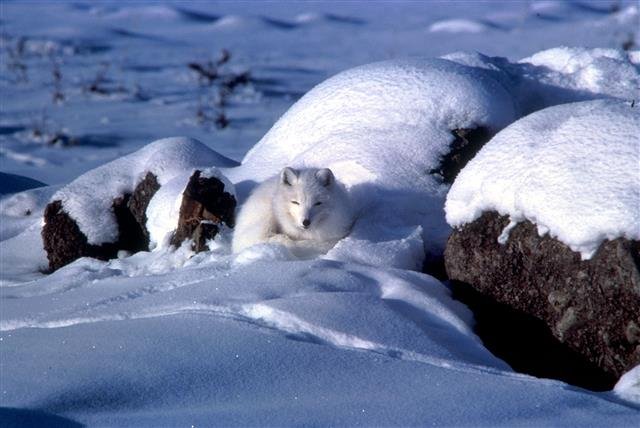In this essay, we summarise the results of our “Global temperature changes of the last millennium” paper, which we have submitted for peer review at the Open Peer Review Journal.
We reviewed the various studies which have attempted to estimate how global temperatures have changed over the last 1000 years, by using tree rings, lake sediments and ice cores, and other “temperature proxies”.
All of these studies have identified at least three climatic periods – a warm “Medieval Warm Period” (roughly 800-1200 A.D.), a cold “Little Ice Age” (roughly 1500-1850 A.D.) and a warm “Current Warm Period” (roughly 1900 A.D. on).
There has been a lot of controversy over how temperatures in the Medieval Warm Period compared to present temperatures. Some studies claim that temperatures in the Current Warm Period are much warmer than in the Medieval Warm Period because of man-made global warming, whereas other studies find that global temperatures in the Medieval Warm Period were just as warm as in the Current Warm Period.
This is an important issue for the global warming debate, because if the Medieval Warm Period was comparable to the Current Warm Period, this would suggest that much of the recent global warming has nothing to do with carbon dioxide (CO2) emissions. After all, the Medieval Warm Period pre-dates the Industrial Revolution.
In our paper, we discuss different ways in which this issue could be resolved.


